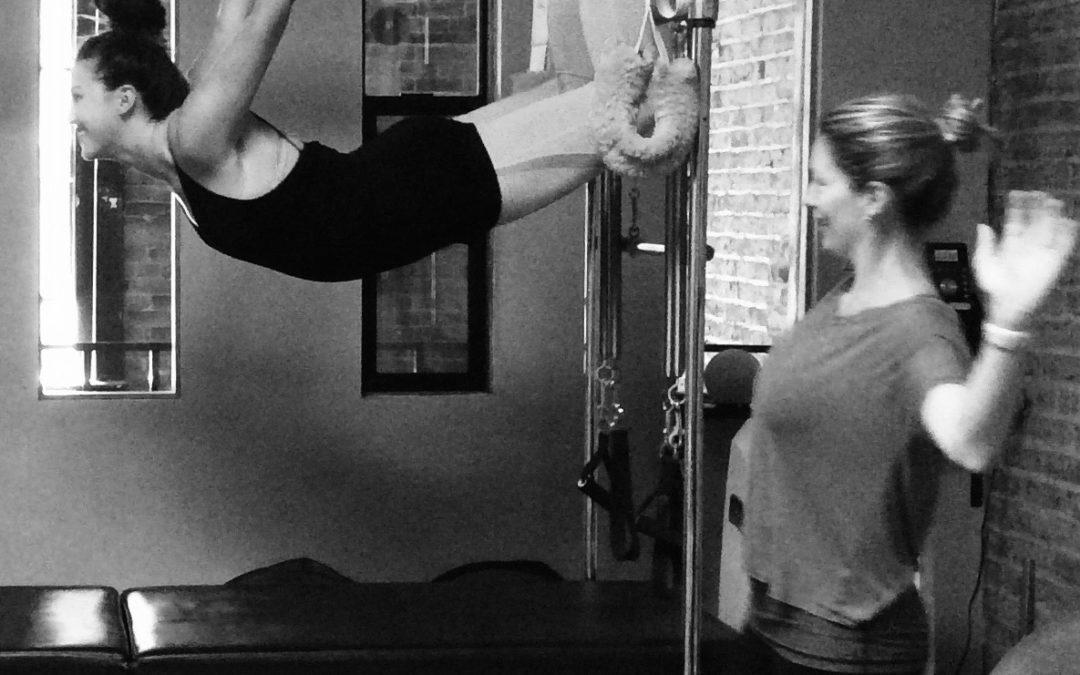How can you tap into your student’s motivation to practice mindful movement? According to Self-Determination Theory (SDT), you cannot create motivation in another person, but you can support levers that foster intrinsic motivation. Intrinsic motivation is expressed as behaving for one’s own sake. For example you are motivated to attend yoga class because you like yoga. You like the poses, the stretching, the teacher, the studio, you like the whole yoga package. In contrast, extrinsic motivation is generated through ideals such as to be thinner or wanting to fit into your clothes better. In essence it is the outside world motivating you versus your inner ideals. Extrinsic motivation is less “sticky” than intrinsic motivation and tends to recede overtime. Meanwhile intrinsic motivation will sustain your passions.
The tricky thing is you cannot force motivation on anyone, but you can support intrinsic motivation. To help your student’s motivation to practice mindful movement you can support the following levers:
- autonomy
- competence
- relatedness.
Embody Autonomy
To support autonomy in your students don’t just give your students exercises teach them how to practice. Teach your students self-corrections. Give them simple exercises that they can do at home that augment what they are practicing in the studio. Encourage students to come early and warm-up or cool-down on their own. Do not hold your students hostage to your cueing. Rather allow them to move freely at times and learn to trust themselves. Instruct them how to embody autonomy.
Cultivate Competence
Second, supporting competence means that you allow your students frequent success. You want your student to say to herself “I can do Pilates/Yoga/ therapeutic exercises on my own. I may not be perfect at it now but I will become stronger at it.” Perceiving that you are capable of practicing mindful movement well will enhance your desire to practice more.
Welcome Relatedness
Finally, relatedness in the studio milieu means that you not only connect with your student but that they feel accepted and important to you. To help foster this sense of professional relatedness, deeply listen to your students concerns and follow up. Additionally, if you see students who may get along help to connect them within a class or the studio in general.
When you support autonomy, competence and relatedness in your student, his intrinsic motivation will come bubbling to the surface. Ideally, your students will practice their homework more, attend a greater number of classes and persist, even when they do not always feel like practicing.
Before you became a teacher or clinician, how were your intrinsic motivation levers supported? And who supported them? Answering these questions for yourself will help you better support your students and patients.
References
http://selfdeterminationtheory.org/SDT/documents/2010_WilsonBengoechea_JABR.pdf




